From Surviving to Thriving: How Community Spaces Can Transform Disability Support
So many disability “services” are designed with survival in mind:
“Keep them safe.”
“Keep them busy.”
“Keep the boxes checked.”
And while safety and routine matter deeply, surviving is not the same as thriving.
Thriving is having room to breathe. Room to choose. Room to build friendships, explore identity, create something meaningful, and be seen as more than a diagnosis.
That’s what we designed the Disability Innovation Hub (DIH) to do: be a space that supports growth, not just management.
Why Environment Shapes Everything
Too many disabled youth and adults spend their days in settings that are:
Overstimulating
Hyper-regulated
Rigidly structured
Transactional instead of relational
This takes a toll, emotionally, socially, and physically. People shut down, act out, or withdraw, not because they lack capacity, but because the environment doesn’t match their nervous system.
As research from the Autistic Self Advocacy Network (ASAN) and neurodiversity advocates remind us, the right environment is not a bonus, it's a basic condition for access.
When a space is built with dignity, autonomy, and sensory awareness in mind?
Everything shifts.
What It Looks Like to Thrive at the Hub
At The Hub, we intentionally design for flexibility, freedom, and community-led interaction.
That means:
No pressure to perform - members can come to relax, work on a puzzle, draw, or just be.
Sensory-aware design - calm lighting, soft seating, quiet zones, and movement-friendly areas.
Drop-in access - no rigid attendance policies or forced timelines.
Creative + social outlets - art clubs, writing prompts, mindfulness groups, game nights.
Supportive staff who know how to offer help without hovering.
This isn’t a program. It’s a place, and the place itself holds healing power.
The Power of Being Seen Outside of a Service Role
At The Hub, people aren’t “clients” or “cases.” They’re members.
That simple shift reflects a deeper truth: belonging is not conditional on progress.
Members don’t need to hit productivity targets or earn independence. They get to come as they are, and engage how they choose.
And that’s when real growth begins.
What Community-First Design Really Means
We believe that community-first design looks like:
Co-created rhythms
Multiple ways to participate (or not)
Sensory-friendly zones that support overstimulation recovery
A space that includes providers, parents, adults, teens, all together, without segregation
This is how we help people go from burned out to re-engaged, from guarded to curious, from surviving to thriving.
Experience the Difference Yourself
You don’t need to take our word for it. Come visit the Hub. Try it for a day and see:
What belonging without pressure looks like
What happens when space is designed for neurodivergent brilliance
What thriving feels like, on your own timeline
Whether you’re a caregiver, an adult looking for connection, or a provider ready to collaborate, you’re welcome here.

